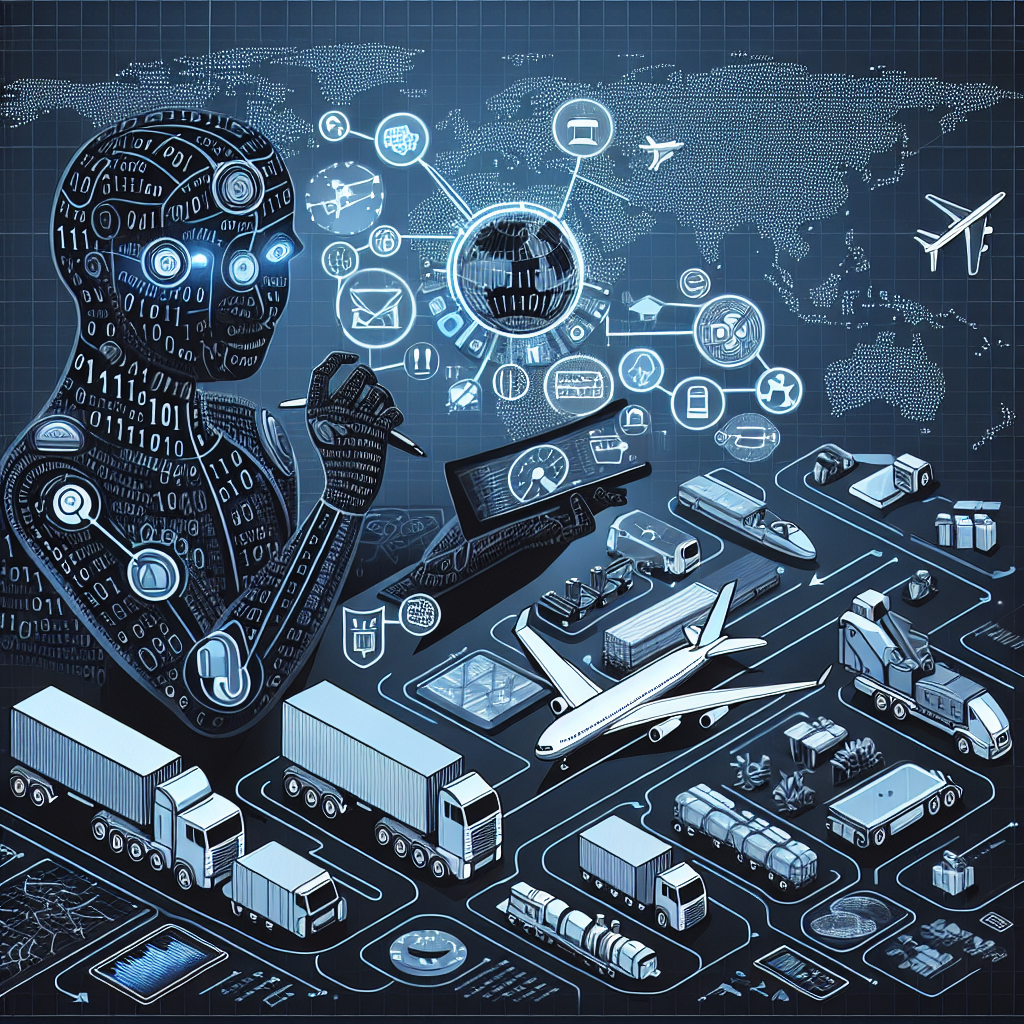Artificial Intelligence (AI) has been transforming industries across the board, and transportation is no exception. One area where AI is making a significant impact is in capacity optimization. By leveraging AI-powered tools, transportation companies can maximize efficiency, reduce costs, and improve overall performance. In this article, we will explore how AI is revolutionizing capacity optimization in transportation and the benefits it brings.
What is Capacity Optimization?
Capacity optimization is the process of maximizing the use of resources, such as vehicles, drivers, and equipment, to ensure that transportation operations run as efficiently as possible. It involves balancing supply and demand, minimizing empty miles, reducing wait times, and optimizing routing and scheduling.
Traditionally, capacity optimization has been a complex and time-consuming task that required a lot of manual effort and guesswork. However, with the advent of AI, companies can now automate and streamline this process, making it faster, more accurate, and more cost-effective.
How AI-Powered Capacity Optimization Works
AI-powered capacity optimization works by analyzing vast amounts of data in real-time to make intelligent decisions that maximize efficiency. By leveraging machine learning algorithms, AI can identify patterns, trends, and insights that human analysts may overlook, allowing companies to make more informed decisions and take proactive measures to optimize their capacity.
There are several ways in which AI can be used to optimize capacity in transportation:
1. Demand Forecasting: AI can analyze historical data, market trends, weather patterns, and other factors to predict future demand accurately. By forecasting demand more accurately, companies can better plan their resources and adjust their operations to meet customer needs.
2. Routing and Scheduling: AI can optimize routing and scheduling by considering factors such as traffic conditions, delivery windows, and driver availability. By analyzing real-time data and making adjustments on the fly, companies can reduce empty miles, improve on-time performance, and minimize costs.
3. Load Matching: AI can match available capacity with available freight to maximize utilization and minimize empty backhauls. By analyzing historical shipment data, customer preferences, and carrier capabilities, companies can optimize load matching and improve overall efficiency.
4. Dynamic Pricing: AI can adjust pricing in real-time based on supply and demand, market conditions, and other factors. By using dynamic pricing algorithms, companies can maximize revenue, fill empty capacity, and stay competitive in a rapidly changing market.
Benefits of AI-Powered Capacity Optimization
There are several benefits to using AI-powered capacity optimization in transportation:
1. Increased Efficiency: By optimizing resources and operations, companies can reduce costs, improve productivity, and increase profitability. AI can help companies make smarter decisions, optimize their capacity, and streamline their processes to run more efficiently.
2. Enhanced Customer Service: By improving on-time performance, reducing wait times, and offering dynamic pricing, companies can provide better service to their customers. AI can help companies meet customer expectations, deliver goods faster, and respond to changing market demands.
3. Reduced Environmental Impact: By minimizing empty miles, optimizing routing, and improving load matching, companies can reduce their carbon footprint and contribute to a more sustainable transportation industry. AI can help companies make greener choices, reduce emissions, and support environmental initiatives.
4. Competitive Advantage: By leveraging AI-powered capacity optimization, companies can stay ahead of the competition, attract more customers, and grow their market share. AI can help companies differentiate themselves, offer innovative services, and adapt to changing market conditions.
FAQs
Q: How does AI improve capacity optimization in transportation?
A: AI can analyze vast amounts of data in real-time to make intelligent decisions that maximize efficiency. By leveraging machine learning algorithms, AI can identify patterns, trends, and insights that human analysts may overlook, allowing companies to make more informed decisions and take proactive measures to optimize their capacity.
Q: What are some of the ways in which AI can be used to optimize capacity in transportation?
A: AI can be used to forecast demand, optimize routing and scheduling, match loads with available capacity, and adjust pricing in real-time. By leveraging AI-powered tools, companies can automate and streamline their capacity optimization processes, making them faster, more accurate, and more cost-effective.
Q: What are the benefits of using AI-powered capacity optimization in transportation?
A: Some of the benefits of using AI-powered capacity optimization in transportation include increased efficiency, enhanced customer service, reduced environmental impact, and a competitive advantage. By leveraging AI, companies can optimize their resources, improve their operations, and stay ahead of the competition in a rapidly changing market.
In conclusion, AI-powered capacity optimization is revolutionizing the transportation industry by maximizing efficiency, reducing costs, and improving overall performance. By leveraging AI-powered tools, companies can automate and streamline their capacity optimization processes, making them faster, more accurate, and more cost-effective. As AI continues to evolve, the potential for transforming transportation operations is limitless, and companies that embrace this technology will have a competitive advantage in the market.

